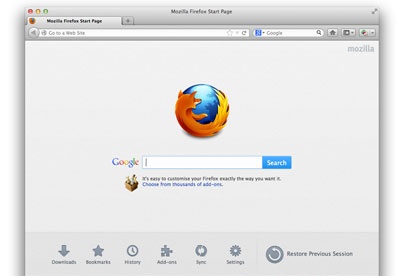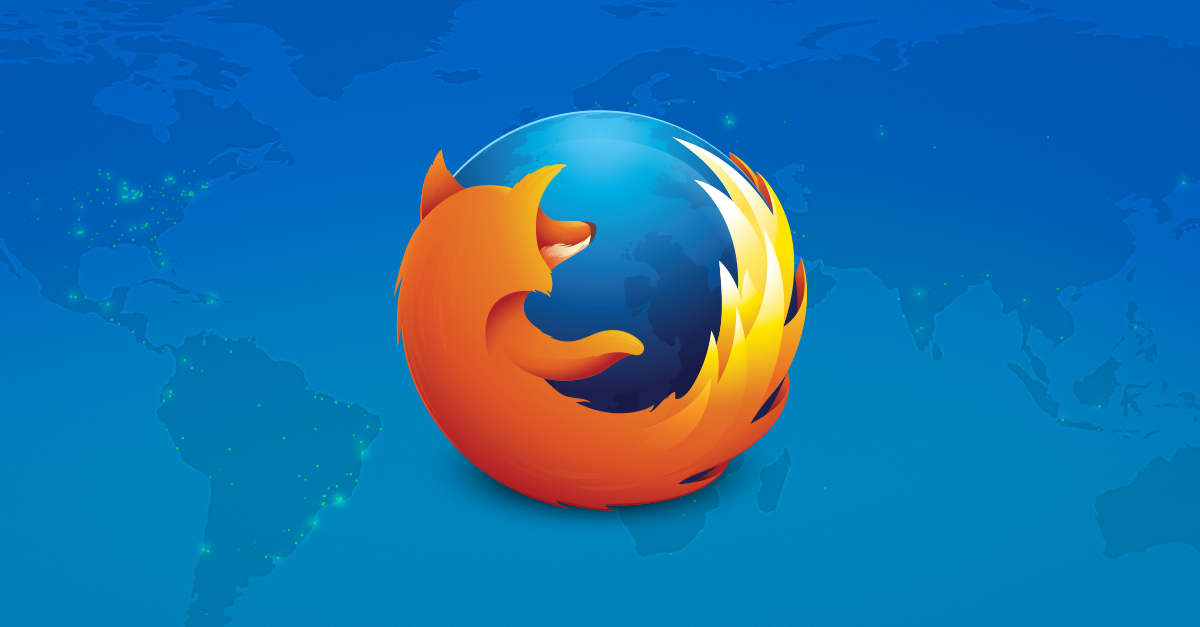


At the same time, they can download policy files that are specific to the selected channel, version and build. pkg file and then deploy it those desktops.įor Linux desktops, administrators can download Edge as either a. As with Firefox, IT pros can customize the Edge. They can also deploy plist files that define Edge policy settings, and use Jamf to deploy Edge to Mac systems. The ADMX templates also enable administrators to configure Edge policy settings through a third-party enterprise mobility management product or service.įor macOS devices, administrators can use Intune to deploy Edge to their desktops. In addition, they can use the Edge ADMX templates in Microsoft Intune for their Windows 10 and Windows 11 desktops. IT teams can use tools such as Group Policy or Active Directory to configure Edge policy settings. For other Windows deployments, or to have more control over the update process, administrators can use familiar tools such as PowerShell, Configuration Manager or Intune.

This could be helpful in cases such as legacy web applications built on the IE engine.īecause web browsers are so integral to the user experience, it's critical for IT professionals to understand what each one offers in terms of management capabilities, security and more.Įdge is preinstalled in Windows 10, version 20H2 and any later builds and Microsoft updates it automatically with the OS. Enterprise Mode enables IT administrators to control which sites and apps should automatically open in IE Mode.The Trident MSHTML engine from IE 11 is included to support IE Mode. IE Mode is a built-in feature for rendering legacy sites and applications based on IE.

IE now holds only a slight share of the browser market, while Edge continues to gain traction across desktops and other devices.Įdge is built on the Chromium engine - just like Chrome - and can run on any Windows 7 or later, macOS and Linux desktop. Microsoft Edge Microsoft Edge is now the default browser in Windows 10, and Microsoft has announced Internet Explorer's retirement. How Microsoft Edge stacks up, and the demise of Internet Explorer At the end of July 2022, according to Statcounter GlobalStats, Chrome held a 66.9% share of desktop installations, compared to Edge at 10.6%, Safari at 8.9% and Firefox at 7.8%.īecause web browsers are so integral to the user experience, it's critical for IT professionals to understand what each one offers in terms of management capabilities, security and more. Google Chrome is the dominant web browser today, but Safari and Microsoft Edge - the newest browser - also hold a notable market share. Firefox, for example, is open source, meaning anyone can alter its source code. Mozilla Firefox, Microsoft Edge or Apple Safari.Įach browsing option brings something different to the table.


 0 kommentar(er)
0 kommentar(er)
